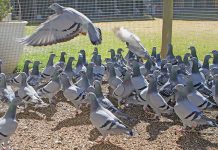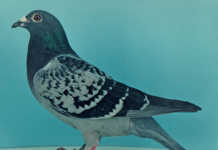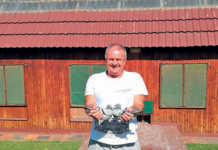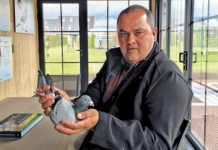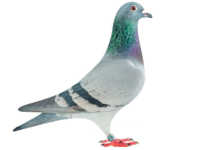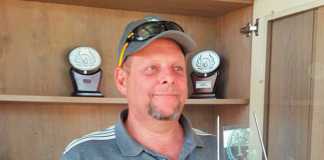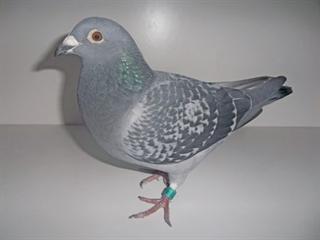
Whether you’re talking about breeding horses, cattle, show canaries or racing pigeons, genetics dominate. But nature can be strange. An ace racer won’t necessarily produce other champions, while a ‘plain bird’ might prove to be a ‘super breeder’.
Despite this latter possibility, you can’t afford to have a weak link in your breeding plan.
It’s much easier to demolish a house than build it. In pigeon racing, this means you often start out with the discovery of a super breeder that produces ace racers, but within a few generations of breeding, you lose the ‘golden thread’.
Building blocks
Therefore, before you build you have to properly analyse the strength of the building material you have. Consider the following:
- Generation testing. In pigeon racing the only method to measure quality is to test the sporting value of your racers in open competition. If you buy a super racer from an inconsistently tested gene pool, you won’t know if it’s a once-off freak of nature or if it’s able to pass on its winning genes. All the same, you should test such a pigeon over a few generations before you can be certain its moment of glory was a fluke.
- Competition strength. You’re only as good as your competition – although I must say I know a few champion fanciers who moved from ‘weaker’ to ‘stronger’ clubs and gave the ‘big boys’ a hiding. But if you compete in a ‘weaker’ club, the only way you’ll be able to test the true strength of your pigeons’ gene pool is to monitor the results of their near kin in strong local and international competitions.
- Super breeders and racers. A pedigree littered with super breeders and racers that have performed well against stiff competition in most generations is a safe pedigree. Not because you have a guarantee that every youngster you breed will be a champion, but because, thanks to the high success rate, you have the law of averages on your side.
In other words, your chances are higher that the powers of quality will be better preserved within the gene pool and will surface again.
Strength to strength
Bear in mind that the strength of passing-on powers sometimes skips a generation. For example, Supercrack 327, the world famous racer of the late Pros Roosens in Belgium, failed to produce offspring that performed as well as expected – yet its next generation recaptured the golden thread of quality.
Another pigeon, Super Crack, from the French dynasty of Crusson, was considered too small as a youngster and mistaken for a hen. It became an ace racer with three national victories. Its first ‘click’ hen, Francoise, was considered too big and mistaken for a cock. The pair mated spontaneously and its youngsters took the world by storm.
Had Avril, the wife of the late SA champion, Peter Schoeman, not named a under-performing Blue Pied hen ‘Spritzy’ and adopted it as a ‘mascot’ in the pigeon loft, Spritzy’s youngsters might not have been raised and never been tested when she mated to the J&B cock. This pair’s offspring produced champion racers, while Spritzy was mated to other cocks and became a superior South African breeder – a true foundation hen.
Click pairs
It’s a myth that performance genes are only found within the chromosomes of pure strains. All dynasties in pigeon racing are founded on a ‘click pair’ and the strength of the passing-on power is housed in this pair. Sometimes a super breeder may ‘click’ with more than one partner, but often it produces its best with a specific mate. Therefore take care to find click pairs through experimental matches. It’s called the ‘mating game’.
Contact Thomas Smit at [email protected]. Please state ‘Pigeons’ in the subject line of your email. Tel: 011 680 4778.


